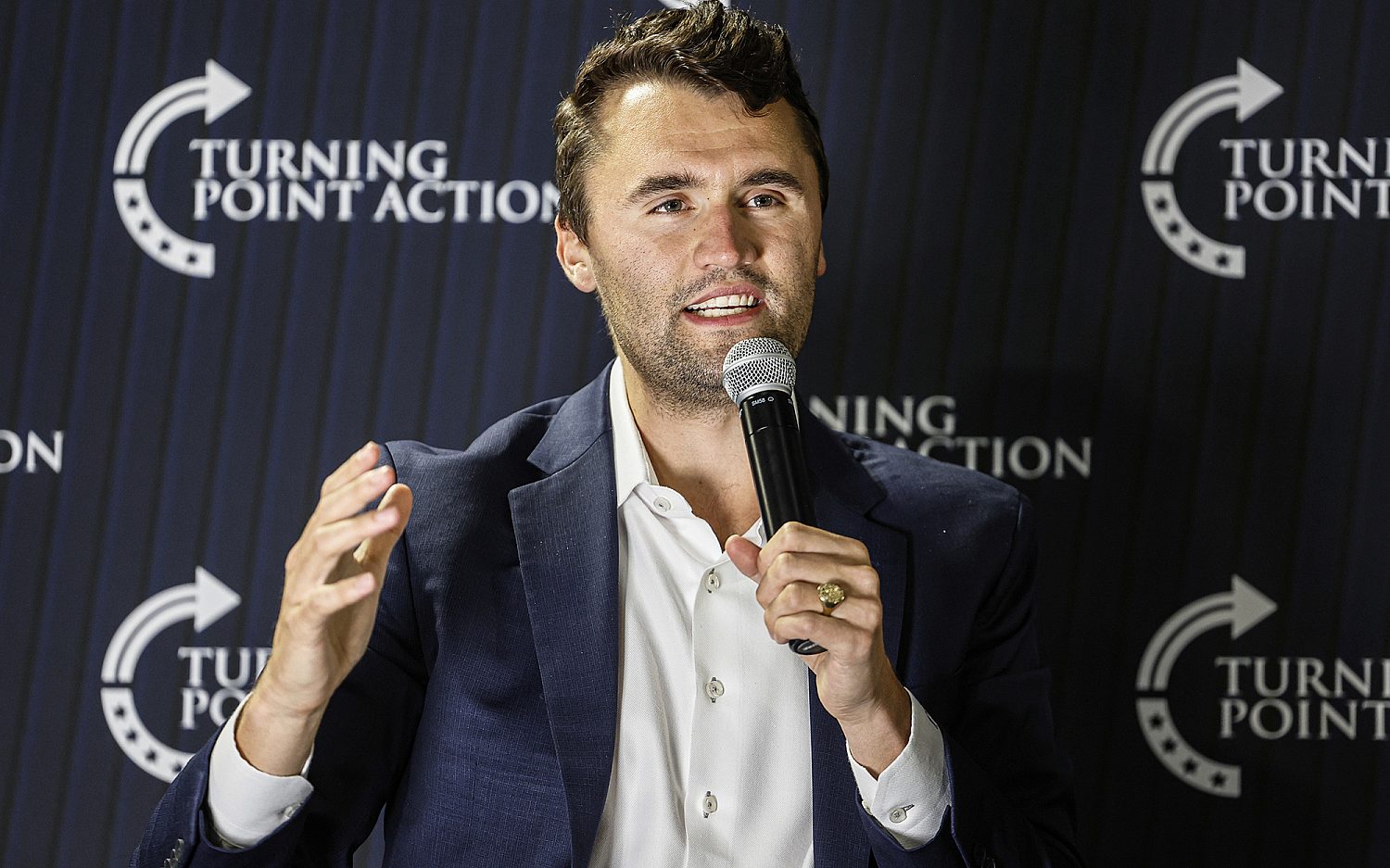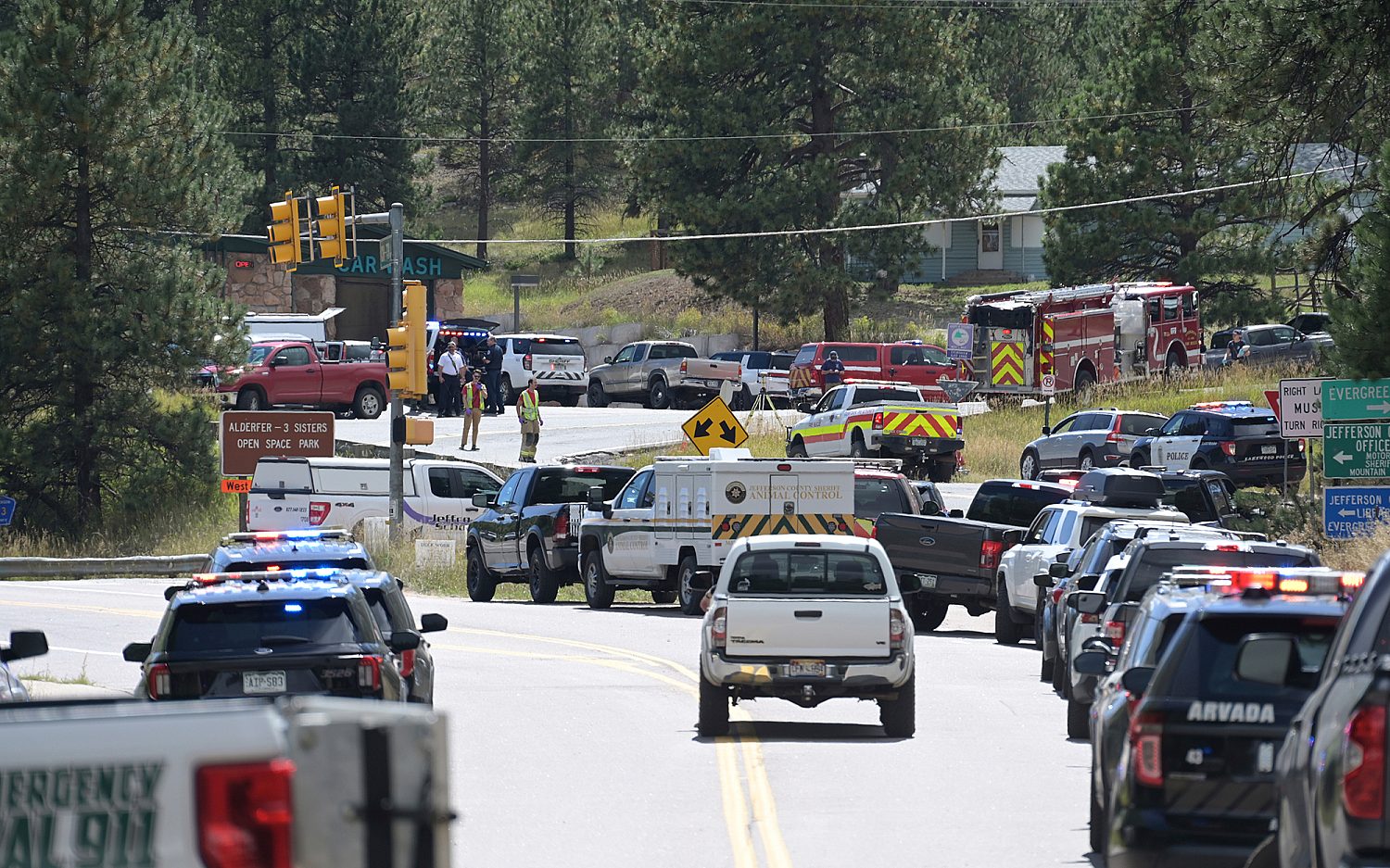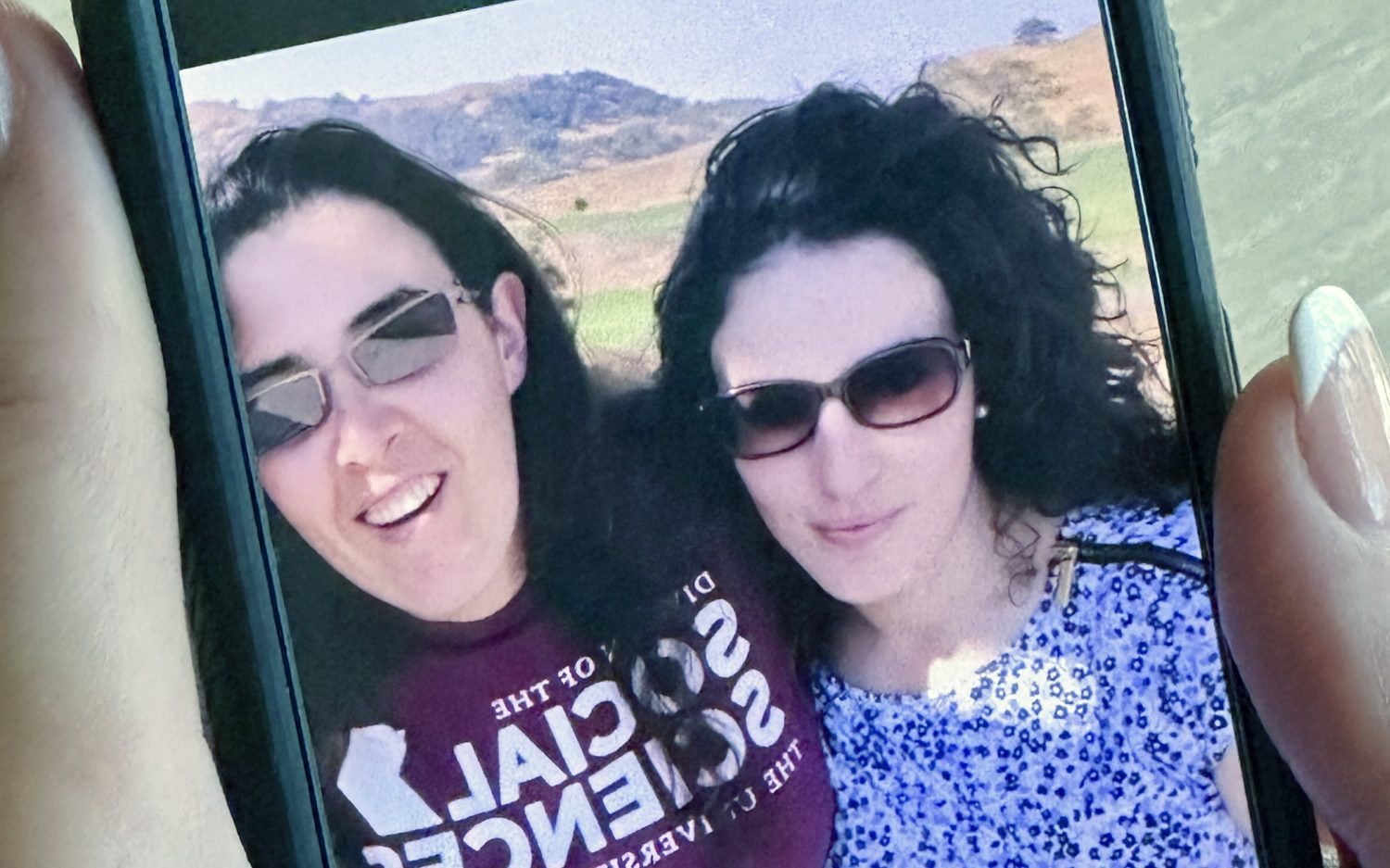Brutal violence overshadows The Hateful Eight's intriguing story
Quentin Tarantino’s two Oscar wins and one nomination for best screenplay make him one of Hollywood’s favorite storytellers. His eighth and latest production, The Hateful Eight, might earn the same honor; it already has a Golden Globe nomination for best screenplay. But for many people, Tarantino’s penchant for drenching his films in violence and vulgarity—The Hateful Eight being no exception—makes them anathema.
The Hateful Eight opens with bounty hunter John Ruth (Kurt Russell) racing by stagecoach across snowy Wyoming territory to deliver his prisoner, Daisy Domergue (Jennifer Jason Leigh), to the Red Rocks town hangman. He encounters another bounty hunter, Marquis Warren (Samuel L. Jackson), a former major in a “colored” Union regiment, and reluctantly allows him to climb aboard. On the way, they run into Chris Mannix (Walton Goggins), a Southerner who claims to be Red Rocks’ new sheriff.
Just minutes ahead of an incoming blizzard, Ruth, Warren, Mannix, Domergue, and the stagecoach driver (James Parks) take shelter inside Minnie’s Haberdashery, a large, drafty, one-room log structure sitting lonely and deep in mountainside snow drifts.
Inside the store, the arrivals find Señor Bob (Demián Bichir), Joe Gage (Michael Madsen), former Confederate general Sandy Smithers (Bruce Dern), and Oswaldo Mobray (Tim Roth), the self-proclaimed “hangman in these parts.” Señor Bob contends the store’s namesake and her partner are away visiting family.
Ruth, who always delivers his captives alive, suspects he might have competition for his $10,000 bounty. Adding to the tension in the room are the characters’ intertwined histories. For example, Warren and Smithers, both notorious for having slaughtered their Civil War POW’s, once faced each other on a Baton Rouge battlefield. Other relationships are part of the gripping riddle Tarantino slowly unfolds. As day wears into evening, loyalties shift and motives surface inside the haberdashery.
As is his trademark, Tarantino contrives intricate plots steeped in long, absorbing conversations. In fact, The Hateful Eight (rated R for strong bloody violence, a scene of violent sexual content, language, and some graphic nudity) is entirely snappy chitchat for at least the first hour of its three-hour run time. But once the carnage begins, it doesn’t let up. Violence in storytelling is sometimes appropriate, and the Wild West certainly was a rough place. But The Hateful Eight seems to revel in the misery, swelling to a sadistic climax.
Tarantino gets away with more than just gratuitous violence. He provides the film’s nasally, underdramatic narration, and characters mix modern idioms into 19th century, Western U.S. parlance—more of Tarantino’s disregard for conventional filmmaking.
But some standards shouldn’t be disregarded. Moviemakers and watchers are responsible for what they create and crave. For “there are six things [including hands that shed innocent blood and a heart that devises wicked plans] which the Lord hates. Yes, seven which are an abomination to Him.”
Tarantino’s latest offering could easily make that eight.
An actual newsletter worth subscribing to instead of just a collection of links. —Adam
Sign up to receive The Sift email newsletter each weekday morning for the latest headlines from WORLD’s breaking news team.




Please wait while we load the latest comments...
Comments
Please register, subscribe, or log in to comment on this article.